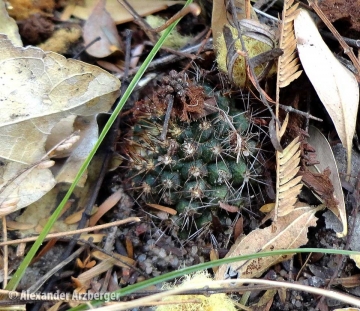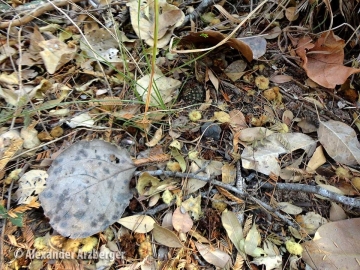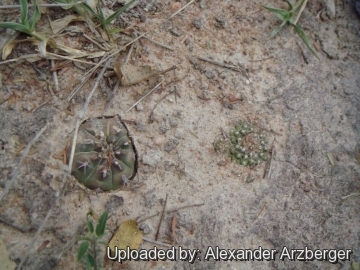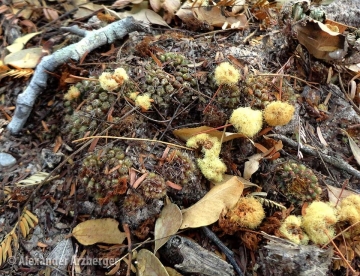
Frailea angelicana Photo by: Alexander Arzberger
Origin and Habitat: Mato Grosso do Sul, Brazil, at the east of Porto Murtinho.
Altitude range: Around 150 metres above sea level.
Synonyms:
Bibliography: Major references and further lectures
1) Lothar Diers & Volker Schädlich “Frailea angelicana (Cactaceae) – eine neue Art aus Südbrasilien” in Kakteen And. Sukk. 64(8): 212, ills. (pp. 211, 213-. 217), 2013
 Frailea angelicana, Mato Grosso do Sul, Brasil. Photo by: Alexander Arzberger
Frailea angelicana, Mato Grosso do Sul, Brasil. Photo by: Alexander Arzberger Frailea angelicana Photo by: Alexander Arzberger
Frailea angelicana Photo by: Alexander Arzberger Left: Gymnocalycium damsii. Right: Frailea angelicana Photo by: Alexander Arzberger
Left: Gymnocalycium damsii. Right: Frailea angelicana Photo by: Alexander Arzberger - Mato Grosso do Sul, Brasil. Photo by: Alexander Arzberger
- Mato Grosso do Sul, Brasil. Photo by: Alexander ArzbergerCultivation and Propagation: Fraileas are are tiny plants with comparatively big yellow flowers, often bigger than the whole plant itself and are especially suitable for those with limited growing space. They can be easily grown in a sunny windowsill or a small greenhouse. The secret for keeping Fraileas happy and growing is to pot them in a rich, porous soil with good drainage and aeration, to give them lots of water and let them dry out between waterings. Fraileas do like more water than most other cacti. If you over-pot them (in about 6-7 cm pots) they grow much better and healthier, as they can be quite short-lived if not given correct growing conditions. During winter they like cool and dry places (minimum temperature of 5-10° C) but even light frosts do not harms them. Characteristically, during the dry season plants retract completely under the ground, both in the wild and in cultivation too. Occasional light spray of water during the winter helps plants from shrivelling up too much. In the summer they like the pot to be filled with rainwater (which is always better to use than tap water) quickly absorbed by the plants, and one can almost see the little bodies swelling up. After a day or two, it is best to drain off any remaining water in the under-pots.
Sun Exposure: They enjoy full sun. In a shaded position the plants grow faster, but are not flat shaped or dark coloured.
Propagation: With fresh harvested seeds or (rarely) by grafting. The seeds germinates well. Sow the them on the soil surface, so that they can grow to a reasonable size before they have to be pricked out into a bigger tray. The seed trays go into a heated propagator on a windowsill where they catch the afternoon sun. It does not take long for the seeds to germinate, and some will do so within a day or two after sowing. When they have reached a height of about 1 cm they are pricked out into a larger tray, where they remain until they are large enough to go into individual pots.















